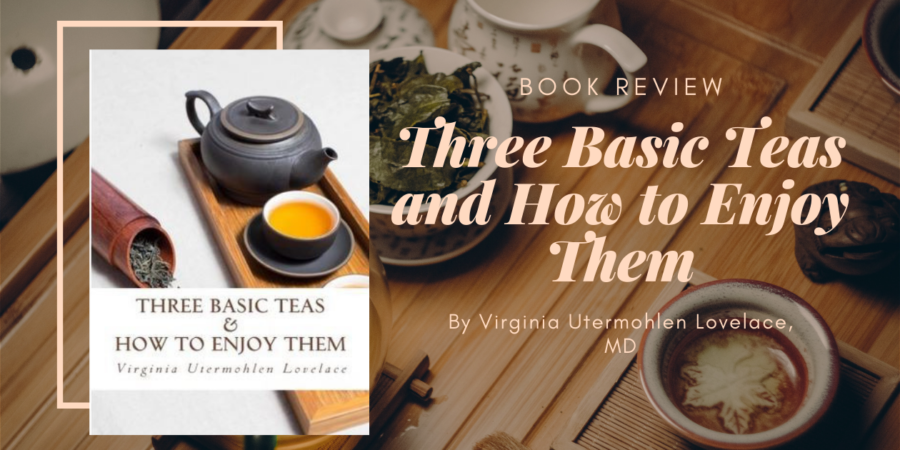I first heard about this book from Nicole’s (Tea for Me Please) review and it intrigued me so much that I went to Book Depository to place an order ASAP. I have seen Virginia’s blogposts when searching for information on tea pairings, so I wonder why I never thought to order her book earlier.
Three Basic Teas and How to Enjoy Them is exactly what the title says. It takes a scientific approach to teas without being too technical, going into the chemical reactions that go into the making of tea and how that affects its taste. The book focuses on the three most basic teas – green, black, and oolong and provides really goes into detail about them.
I won’t go into too much detail because I don’t have much of a head for science, but I thought the introduction to the trigeminal system was fascinating. According to her, the trigeminal system “sends sensations of touch, position, and paint, and importantly for our discussion, perceived temperature, to the brain from the face, eyes, and the inside of the nose and mouth.” These connect to the trigeminal receptors which are either hot (think chili) or cool (think mint). When the hot receptors are activated, the cool receptors are turned off and vice versa. Hence, pairings that enhance the taste of teas are pairings where the same receptor is activated, while pairings that provide contrast are pairings that activate different receptors.
Apart from information about the science behind the taste of teas, the book also has quite a few columns on interesting facts related to tea, such as the column on kokumi, the tongue map, and many more! Personally, I really like the column on kokumi – it’s one of the best English explanations I’ve seen.
While I can’t fact-check the science because I am not qualified, I did see one typo at the start of the book. Puer is defined as a “black tea that has been allowed to ferment after it has been made.” I think Virginia meant green tea because maocha is essentially green tea. It is, however, sometimes categorised as “black tea (黑茶)” instead of “dark tea” and I think that is where the typo may have come from.
This is definitely a valuable addition to my small (but hopefully growing) collection of tea-related books. While the book only talks about three types of teas, it goes into a lot of detail on them and helped me to understand the reasons behind their flavour. It also gave me a few ideas on how to spice up the next tea drinking session.

So glad you got to read this book (and thank you for mentioning my post). Virginia’s knowledge of sensory science has been such a boon to the tea world. She’s working on an aroma kit, like the ones that wine sommeliers use, for tea tasting. How exciting is that!
The aroma kit sounds fascinating! I’ll have to keep an eye on that! Thanks again for your great review 😊
This sounds like a really interesting book- great review!
It’s a great book if you’re interested in learning more about tea (:
I have been eyeing this book for a while! Thanks for the reminder about it. Will have to check it out for sure!
Hope you get to read it soon! It’s a great read (: